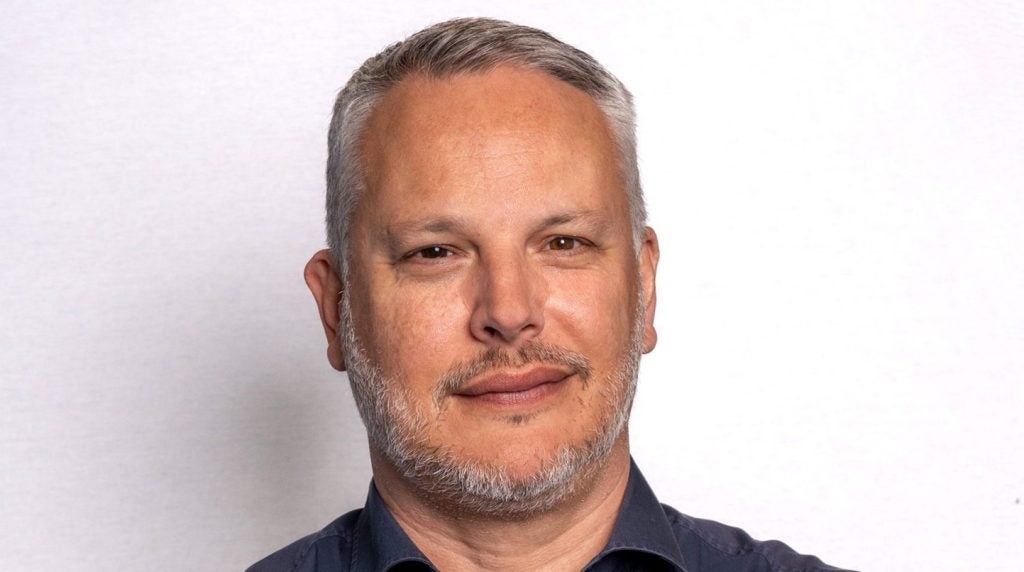Quite unusually for the NACFB, we’ve taken a lot of calls from brokers wanting to go out and get training and qualifications. In the past we’ve tried to push these things on our members, and now the pressure is coming from them.
FCA compliance questions won’t go away for eighteen months or more. The true cost of compliance can be measured in terms of what your time is worth. To take a very rough estimate, you’ll be looking at spending sixty to eighty hours on complying with the FCA’s requirements, and at the end of it all they send you a single A4 document which spells out what you can and cannot do.
This document tries to serve both as a reassurance to a potential client – something like a certificate – and a warning about where the boundaries for regulated business lie. Potential clients, however, may fail to spot the differences between "debt counselling", "debt adjustment" and "debt management". So a big sign on the wall saying that one is OK and the other two are not raises questions that the broker needs to be in a position to answer.
What is the difference? A neutral and balanced explanation of the implications of entering into different debt solutions need not, itself, involve debt counselling. Generic advice – what we might call "common sense" – isn’t debt counselling either. "I recommend you enter into a debt management plan" is not debt management in itself, it’s debt counselling. But steering a client towards a particular debt management plan is treading in murky water.
It’s not possible to unwittingly cross the line into debt adjustment, but the point is that a small business owner is unlikely to understand the terms, and so having a certificate is not sufficient in itself. You have to demonstrate what the rules mean and how they apply to the discussion you’re having. It is not enough to assume the client can interpret the gist of the certificate!
By the way, I’m pleased to see there are ten digits available in the application number. That means ten billion people could apply for and gain permission without having to duplicate any application numbers (assuming that someone didn’t object to being number 0000000000). Given that the population of our entire solar system won’t hit ten billion for about another eighty years, I think we’ve got a little bit of elbow space.
How well do you really know your competitors?
Access the most comprehensive Company Profiles on the market, powered by GlobalData. Save hours of research. Gain competitive edge.

Thank you!
Your download email will arrive shortly
Not ready to buy yet? Download a free sample
We are confident about the unique quality of our Company Profiles. However, we want you to make the most beneficial decision for your business, so we offer a free sample that you can download by submitting the below form
By GlobalDataFor the last two years the rate of bad SME debt has been some way below where we might have expected it to be from precedent, and if you’re familiar with the concept of reversion to the mean you might expect default rates to creep up, especially if provoked.
The way the big banks are responding is interesting; they are distancing themselves from the actual risk element, by providing funding to smaller lenders and inviting the smaller lender to swallow a bit more of the risk. This way they swap one type of reputational risk for another. A big bank following this practice will be protected from being associated with failing corporations, but in turn it won’t be seen to be lending, whereas of course it is lending, just through a third party.
I think this is perfectly ethical and much preferable to the alternative of having no funding at all. But it does show the big banks will be calling the shots for some time to come, and picking and choosing from the kind of risk they’re happy to take on.
Adam Tyler is chief executive officer of the National Association of Commercial Finance Brokers (NACFB)








